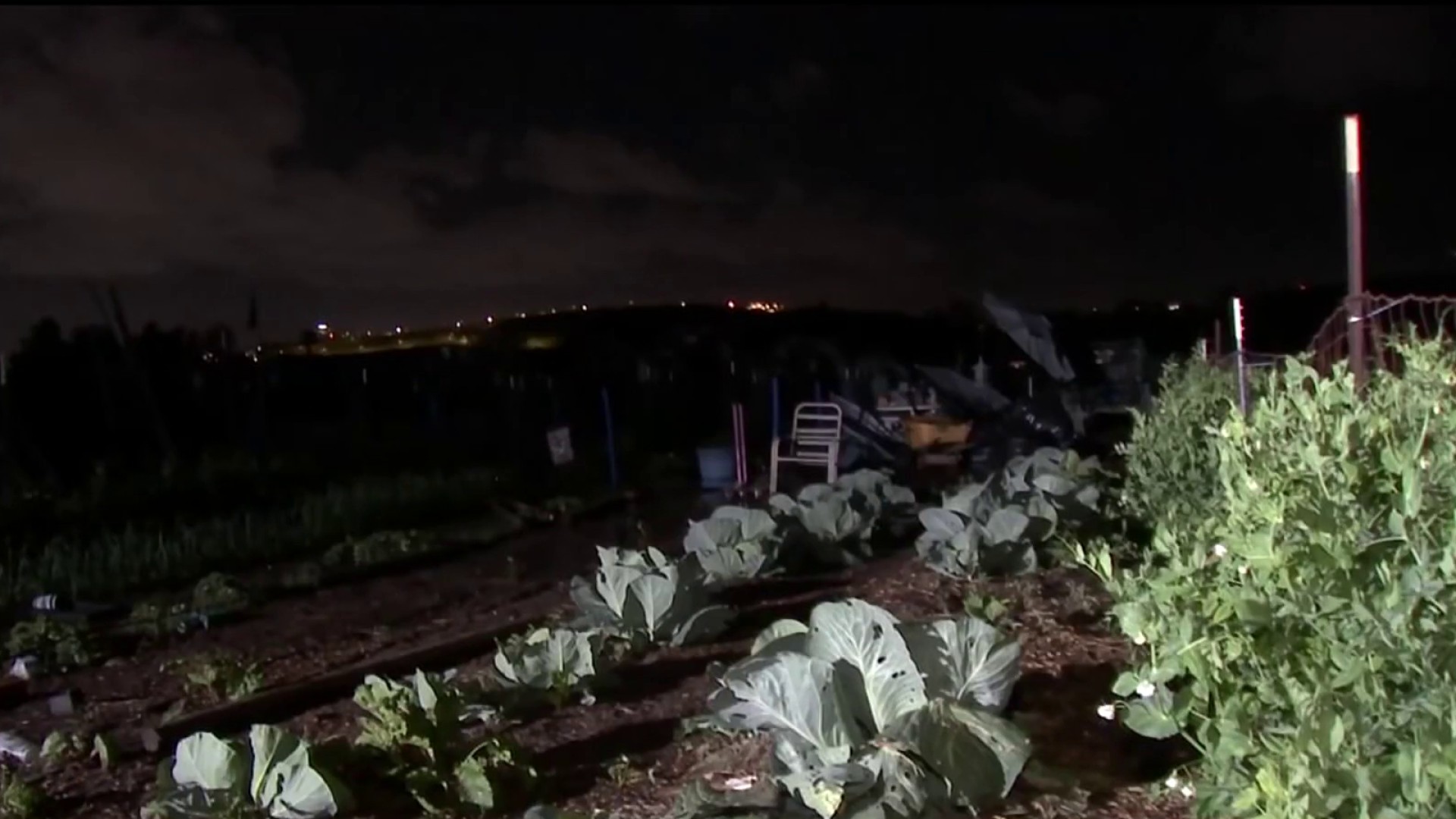The polluted water from the Tijuana River that closes Imperial Beach every time it rains isn't just contaminating the ocean. A new study by the Scripps Institution of Oceanography at UC San Diego found it's also in the air we breathe.
The study found that this coastal water pollution -- largely untreated sewage runoff as a result of rainfall in the San Diego-Tijuana region -- can reach people beyond just beachgoers, surfers and swimmers. The outflowing pollution can then transfer to the air in sea spray aerosol through breaking waves and bursting bubbles, the study found.
The study -- published in Thursday's Environmental Science & Technology journal -- comes amid a winter in which an estimated 13 billion gallons of sewage-polluted waters have entered the ocean via the Tijuana River, according to lead researcher Kim Prather, a distinguished chair in atmospheric chemistry and professor at Scripps Oceanography and UCSD's Department of Chemistry and Biochemistry.
"We've shown that up to three-quarters of the bacteria that you breathe in at Imperial Beach are coming from aerosolization of raw sewage in the surf zone," said Prather, who also serves as the founding director of the National Science Foundation's Center for Aerosol Impacts on Chemistry of the Environment. "Coastal water pollution has been traditionally considered just a waterborne problem.
Get top local stories in San Diego delivered to you every morning. >Sign up for NBC San Diego's News Headlines newsletter.
"People worry about swimming and surfing in it, but not about breathing it in, even though the aerosols can travel long distances and expose many more people than those just at the beach or in the water," she said.
Sea spray aerosol contains bacteria, viruses, and chemical compounds from the seawater, the report finds.
The research team sampled coastal aerosols at Imperial Beach and water from the Tijuana River between January and May 2019. According to the report, they then used DNA sequencing and mass spectrometry to link bacteria and chemical compounds in coastal aerosol back to the sewage-polluted Tijuana River flowing into coastal waters.
Now the team is conducting follow-up research attempting to detect viruses and other airborne pathogens.
Despite how it may sound, Prather and colleagues said the presence of bacteria does not mean people are necessarily getting sick from sewage in sea spray aerosol.
"Most bacteria and viruses are harmless and the presence of bacteria in sea spray aerosol does not automatically mean that microbes -- pathogenic or otherwise -- become airborne," a news release from the team said.
Infectivity, exposure levels and other factors that determine risk need further investigation, the authors said.
"The bottom line is we don't know what sort of the effect is yet of inhaling this sort of cocktail that comes out of the ocean. We want to understand. We are doing further work. We're really ramping up to understand the conditions that lead to this aerosolization. This is not just a problem in Imperial Beach, it goes all up and down the West Coast," Prather said.
The study involved collaboration among three research groups -- led by Prather in collaboration with UC San Diego School of Medicine; Jacobs School of Engineering researcher Rob Knight; and Pieter Dorrestein of the UC San Diego Skaggs School of Pharmacy and Pharmaceutical Science.
"This research demonstrates that coastal communities are exposed to coastal water pollution even without entering polluted waters," said lead author Matthew Pendergraft, a recent graduate from Scripps Oceanography.
According to the researchers, funding to further investigate the conditions that lead to the aerosolization of pollutants and pathogens, how far they travel, and potential public health ramifications has been secured by Rep. Scott Peters, D-San Diego, in the fiscal year 2023 omnibus spending bill.



